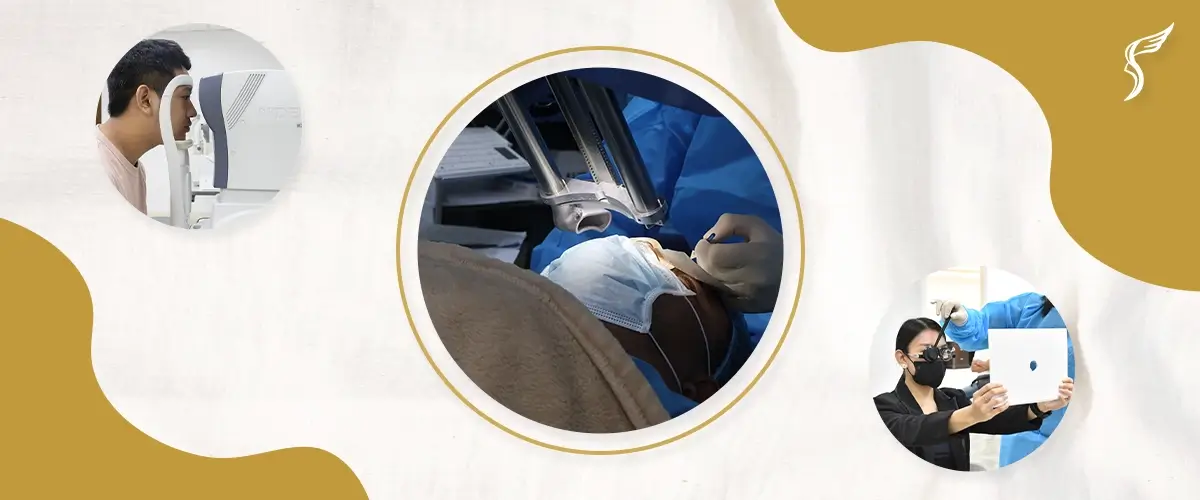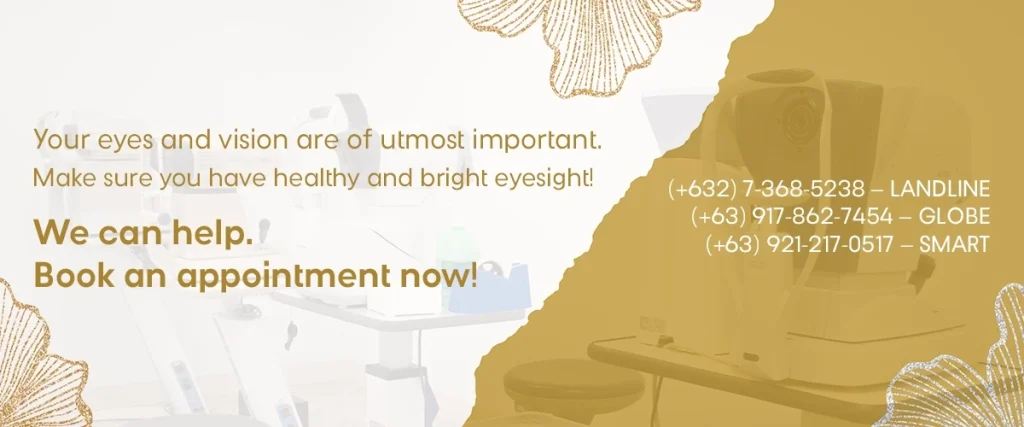One of the most common questions patients ask before considering LASIK is: “What is the minimum eye grade needed for the surgery?” The answer is not as simple as a fixed number. Instead, it depends on factors such as prescription levels, eye health, and personal suitability.
Let us walk you through what “minimum eye grade” really means, the typical ranges for LASIK, and what else you need to consider before deciding if the procedure is right for you.
When we talk about the minimum eye grade for LASIK, we are really asking: “What is the lowest prescription where LASIK makes sense?”

Other Key Factors Beyond Eye Grade
While prescription numbers are important, doctors do not rely on them alone. Here are the main criteria that determine whether you qualify for LASIK:
Age and Maturity
Candidates must be at least 18 years old, though many surgeons recommend waiting until the early 20s. This ensures the eyes have stopped changing and the prescription is stable.
Stable Prescription
Your grade should not have changed significantly in the last 12 to 24 months. A stable prescription prevents the risk of needing additional corrective procedures later.
Corneal Thickness and Shape
LASIK reshapes the cornea, so it must be thick enough to withstand the laser treatment. Patients with thin corneas or conditions like keratoconus may be advised to explore alternatives.
General Eye Health
No active infections, severe dry eye syndrome, or advanced eye diseases such as glaucoma or cataracts.
Overall Health
Autoimmune conditions, pregnancy, or certain medications may affect healing and outcomes.
Lifestyle and Expectations
Patients must understand that while LASIK reduces dependence on glasses, it may not guarantee “perfect” vision. Some people may still need reading glasses later in life due to natural aging of the eyes.

Why Having a Quite Low Eye Grade May Not Be Ideal for LASIK
Technically, people with very low prescriptions can undergo LASIK. However, most eye surgeons—including those in the Philippines—recommend weighing the benefits carefully.
- Mild prescriptions (e.g., –0.50 D to –1.00 D): The improvement may not be dramatic enough to justify surgery.
- Moderate prescriptions (–1.50 D to –5.00 D): These patients often see the most noticeable improvements.
- High prescriptions (–6.00 D and above): LASIK can still be effective, but outcomes vary and risks such as needing enhancements later may be higher.
For patients with very low grades, alternatives like glasses, contact lenses, or even surface laser treatments such as CLEAR (a modern alternative procedure) may be considered.
LASIK Success Rates in Perspective
Globally, LASIK is considered one of the most successful elective surgeries. According to published studies and clinical reports:
- Over 99% of patients achieve 20/40 vision or better, which is enough for most daily tasks without glasses.
- Around 90% or more reach 20/20 vision after surgery.
- Patient satisfaction rates exceed 95% worldwide, making LASIK one of the safest and most trusted vision correction procedures.
For Filipinos considering LASIK, these numbers reflect both the safety and the effectiveness of the procedure when performed by experienced surgeons.
LASIK in the Philippines
In the Philippines, LASIK has become more accessible thanks to advanced clinics like Shinagawa Lasik & Aesthetics, which offer world-class technology and internationally trained surgeons. With same-day evaluations and procedures available for qualified candidates, patients no longer need to wait long to experience improved vision.
Surgeons in the country follow strict candidacy requirements to ensure safety. This means that even if your prescription is low, a detailed eye exam will determine whether LASIK is worth pursuing.
Analysis
The idea of a minimum eye grade for LASIK can be misleading. In reality, there is no fixed prescription required to qualify. What matters is whether LASIK can provide a meaningful improvement to your vision and quality of life.
For Filipinos, the decision should be guided by professional evaluation, clinical data, and trusted expertise. LASIK has proven success rates across a wide range of prescriptions, but suitability always comes down to individual eye health and stability.
At Shinagawa Lasik & Aesthetics, patients benefit from advanced diagnostic tools, modern laser technology, and experienced surgeons who prioritize safety and results. Whether your prescription is mild or more severe, the best way to know if LASIK is right for you is to schedule a comprehensive eye screening. Your journey to clearer vision begins with the right evaluation—and Shinagawa is here to guide you every step of the way.
For inquiries, questions, and appointments, call our Patient Care Lines:
🖥 Talk to our Consultants via Livechat: https://direct.lc.chat/6329011/
📱 Instagram: https://instagram.com/shinagawa_ph/
Citations and Resources
Shinagawa LASIK & Aesthetics strives to provide accurate and reliable information regarding LASIK procedures and eye health. We utilize primary sources to support our content, including peer-reviewed scientific studies, data from reputable medical organizations, and expert opinions. We also reference established publications and research where appropriate.
Our commitment to evidence-based information ensures that you receive trustworthy and up-to-date details to make informed decisions about your eye care.
Resources Used in This Article
- CRST. “Clinical Guidelines: Identifying LASIK Candidates, https://crstoday.com/articles/sept-2020/clinical-guidelines-identifying-lasik-candidates“
- RSC. “Are you a LASIK Candidate? 5 Guidelines You Should Know, https://americanrefractivesurgerycouncil.org/general-lasik-candidate-guidelines/“
- London Vision Clinic. “Is there a Prescription Limit for Laser Eye Surgery?, https://www.londonvisionclinic.com/is-there-a-prescription-limit-for-laser-eye-surgery/“
- UCSF Health. “Visual acuity test, https://www.ucsfhealth.org/medical-tests/visual-acuity-test#:~:text=20/40%20(6/12,vision%20equal%20to%20that%20line.”
- Cleveland Clinic. “LASIK Eye Surgery, https://my.clevelandclinic.org/health/treatments/21805-lasik-eye-surgery“
- NVISION Centers. “LASIK Success Rate & Key LASIK Statistics, https://www.nvisioncenters.com/lasik/success-rates/“


